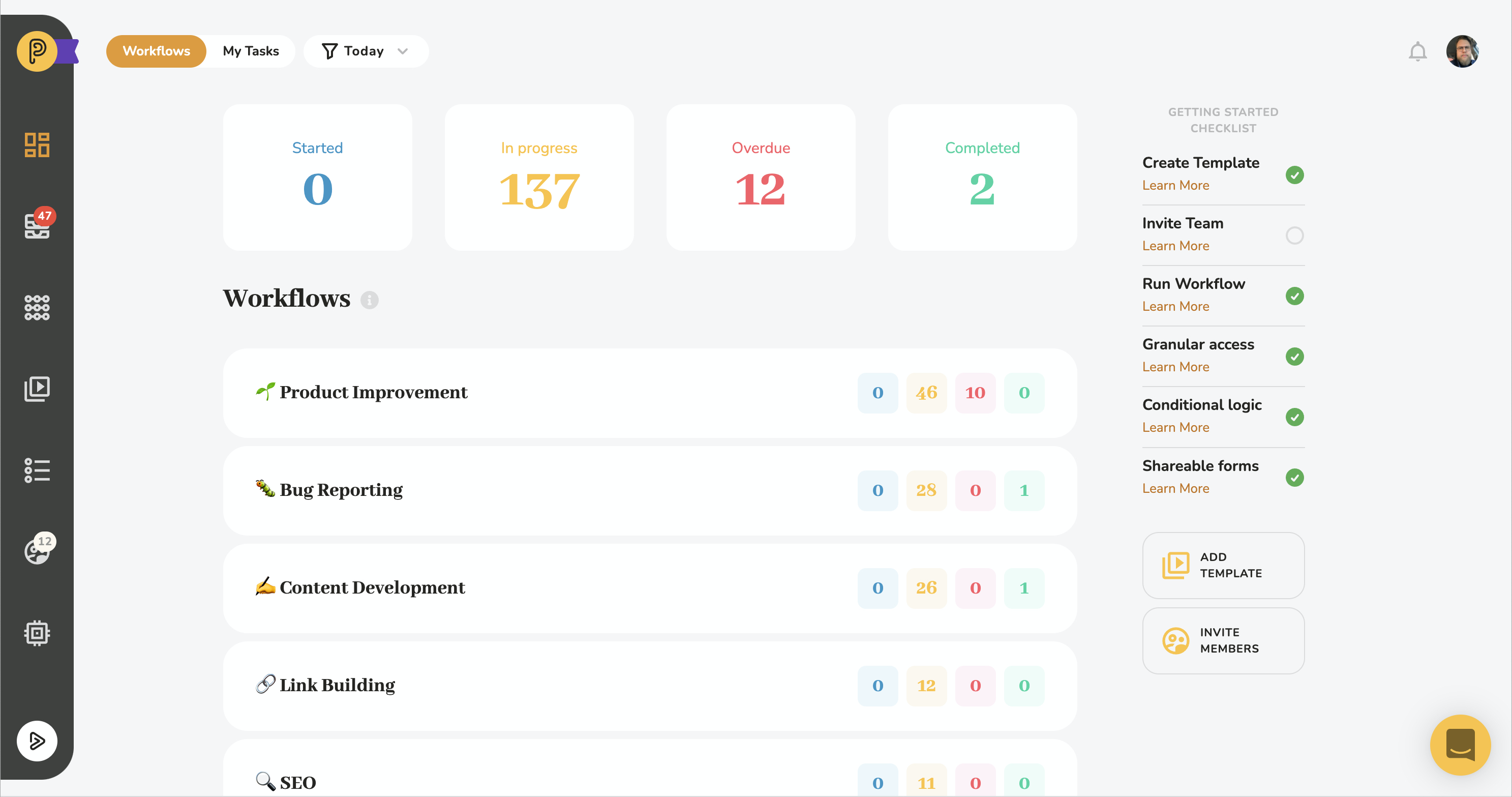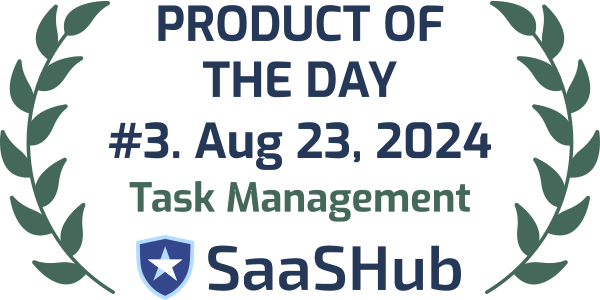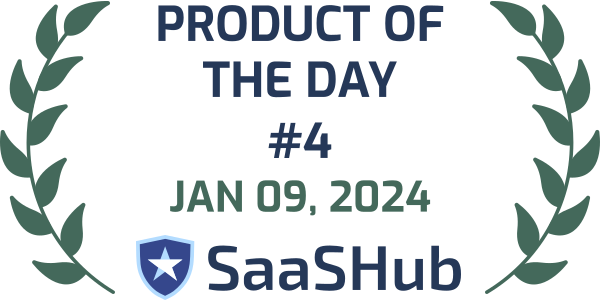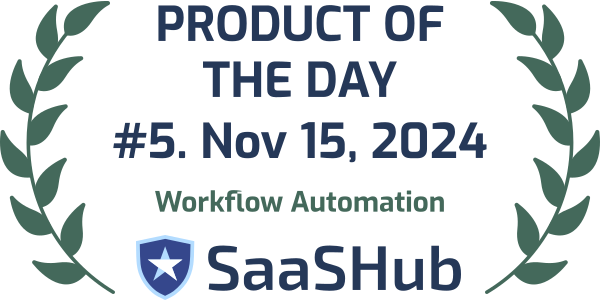Kissflow and Pneumatic: Data Centric vs Process Centric BPM
Pneumatic treats workflows as sequences of tasks for your team to complete with data being included on an as-needed basis. Steps can include data fields but don’t have to. Instead, Pneumatic acts as a task master, notifying your team members when they get assigned new tasks and giving them easy access to their personalized to-do list, known as their bucket of tasks, where they only see the tasks they’re supposed...
BPM Tools Comparison: Camunda for IT Pros vs Pneumatic for Business Users
Pneumatic offers a broad selection of deployment options. The default is Pneumatic’s own Google-powered cloud deployment, but clients can also have Pneumatic instances deployed in their own private clouds or on premises. All deployment options come with advanced backup and versioning solutions. Private cloud and on-prem installations also offer access to the source code and the option to have a private git branch.
10+1 Best Workflow Management Software 2024 For Maximum Efficiency
Pneumatic offers a user-friendly interface for workflow automation. It features task management and the use of standard forms for various project workflows. A limitation may be the lack of a robust mobile application. While it does offer basic automation features, it is not as comprehensive when compared to Manifestly.
Basecamp vs Pneumatic — From Startup Efficiency to Advanced Workflow Optimization
As for other functionality, instead of reinventing the wheel, Pneumatic emphasizes integrations through third-party platforms like Zapier and through its own powerful API. The pitch here is that you get to continue to use all your existing apps, with Pneumatic simply adding automated workflow management to your software toolbox, rather than trying to completely replace it.
One App to Rule Them All vs All Workflows All the Time
The basic idea is you set up all the necessary workflows and then let Pneumatic run your operations for you while you and your team continue to use the same apps you used before: there is no need to migrate everything in Pneumatic, which will be acting as your company’s eminence grise in the background, keeping everyone in line and on time.
A Jack of All Trades vs Dedicated Workflow Management
Pneumatic, on the other hand, aims to act as a background top-level orchestration system: once you’ve set up your workflows, you keep working in the same apps as before, it’s just that now Pneumatic tells you what specific tasks you need to be working on and supplies you with links to the information and resources you need to work on those jobs.
Excel on Steroids vs Workflow Management — Smartsheet vs Pneumatic
In Pneumatic, you set up a collection of standard operating procedures (a.k.a. workflow templates) by defining the steps for each SOP and describing the tasks in each step. Once they’re all set up, multiple instances of each can be launched in the system: these are your workflows. When a workflow is launched, Pneumatic starts assigning tasks to performers in the sequence defined in the underlying SOP.
Monday vs Pneumatic: All at Once vs One at a Time
Monday is like a small workshop where everybody is in the same room, and everybody knows what’s going on, whereas Pneumatic is like a big factory where everyone has their assigned spot where they do their specific piece of work while the overall flow of the work is organized at a higher level. Both Pneumatic and Monday let you start small and build your processes incrementally from the ground up. The difference is...
Top Workflow Management Systems on the Market
Pneumatic offers a most generous free plan for up to 5 users, which lacks some “premium” features, like conditional logic. Last but not least, Pneumatic also offers a range of white label options at very reasonable prices, i.e. you can use Pneumatic as a back-end for your own workflow management and workflow consultancy business.
Pipefy Review — How Good Is It In 2023?
Medium-size teams Here Pneumatic has a bit of an edge as it offers better support for need-to-know basis access — you don’t have to share everything here if you don’t want to. Another strength of Pneumatic is that with it it’s easier to let your line employees focus on their tasks only, without overwhelming them with extra information about the entire process their task is a part of.
Process Street Review 2022: Features, Benefits, Prices
Pneumatic was designed for assembly line processes in which each team can specialize on one specific kind of task and when they complete their part of the work, they just hand the process over to the next team in line and work continues. Pneumatic is right at home in this sort of environment whereas with Process Street you might find it a bit of a challenge to make sure each of your teams only focuses on the tasks...







